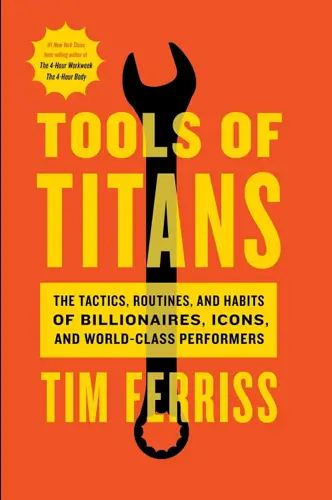Tools of Titans
The Tactics, Routines, and Habits of Billionaires, Icons, and World-Class Performers
What's it about?
Tools of Titans is a treasure trove of wisdom from the world's top performers. Timothy Ferriss distills the tactics, routines, and habits of billionaires, icons, and world-class athletes into actionable advice for success. With insights on productivity, health, wealth, and wisdom, this book is a must-read for anyone looking to optimize their life. Whether you're an entrepreneur, athlete, or artist, you'll find invaluable tips to elevate your game and achieve peak performance.
About the Author
Timothy Ferriss is a bestselling author known for his "4-Hour" series, including "The 4-Hour Workweek" and "The 4-Hour Body." His writing style is practical and actionable, often challenging traditional norms and providing unconventional advice for improving productivity, health, and lifestyle. Ferriss emphasizes the importance of efficiency, minimalism, and self-experimentation, offering a fresh perspective on achieving success and happiness. His work encourages readers to think outside the box and take control of their lives.
10 Key Ideas of Tools of Titans
Embrace the 80/20 Principle
Focus on the 20% of your activities that produce 80% of your results.
This principle, also known as Pareto's Law, suggests that a small amount of effort can lead to a large portion of the rewards.
By identifying and concentrating on these high-impact tasks, you can maximize efficiency and effectiveness in both personal and professional endeavors.
This approach encourages prioritization and strategic allocation of resources, leading to more meaningful achievements with less wasted effort.
Learn DeeperConduct a Time Audit: For one week, track how you spend your time, categorizing each activity. At the end of the week, analyze which activities (the 20%) are leading to the most significant results (the 80%). Focus on these activities moving forward.
Apply the 80/20 Rule to Decision Making: Before committing to new tasks or projects, evaluate whether they fall into the high-impact 20% category. If not, consider delegating, postponing, or eliminating them altogether to maintain focus on what truly matters.
- Example
If you're a writer, you might find that 20% of your writing time produces 80% of your best content. Identifying the conditions under which this happens (time of day, environment, etc.) can help you optimize your schedule for peak creativity.
- Example
In sales, analysis might reveal that 20% of your clients contribute to 80% of your sales revenue. Focusing more resources and attention on these key clients can maximize sales efficiency and profitability.
Incorporate Morning Routines
Start your day with a structured routine to enhance productivity and mental clarity.
Successful individuals often have specific morning rituals that may include meditation, exercise, reading, or journaling.
These activities kickstart the day with a sense of purpose and achievement, setting a positive tone for the hours ahead.
A consistent morning routine helps in reducing decision fatigue, increasing focus, and fostering a mindset geared towards success.
Learn DeeperStart your day with a 5-minute meditation session to clear your mind and set intentions for the day. This can be as simple as sitting in a quiet space, closing your eyes, and focusing on your breath.
Incorporate at least 15 minutes of physical activity in the morning. It could be a brisk walk, a short yoga routine, or a quick home workout. Exercise boosts your mood and energy levels, making it easier to tackle the day's tasks.
Dedicate 10 minutes to journaling. Write down three things you're grateful for, your top three priorities for the day, and one personal goal. This practice helps in cultivating gratitude, organizing your day, and keeping your goals in sight.
Read for 20 minutes from a book that inspires or educates you. This habit can expand your knowledge, provide new perspectives, and stimulate creativity.
- Example
A software developer begins their day by meditating for 5 minutes, followed by a 20-minute jog. After showering, they spend 10 minutes journaling their thoughts and planning the day ahead, finishing with 20 minutes of reading a chapter from a book on coding best practices.
- Example
A teacher starts her morning with 15 minutes of yoga, then spends 5 minutes practicing gratitude by writing in her journal. She dedicates the next 15 minutes to reading educational articles or books related to her field, ensuring she's continuously learning and bringing fresh ideas into her classroom.
Practice Fear-Setting
Confront your fears by defining them, deconstructing their potential impacts, and developing strategies to mitigate these outcomes.
Fear-setting is a powerful exercise that involves envisioning the worst-case scenarios of your actions and then preparing for them.
This technique helps in overcoming paralysis by analysis, making it easier to take calculated risks.
By acknowledging and planning for the worst, you reduce the power fear has over your decisions, enabling more courageous and confident action-taking.
Learn DeeperIdentify your fears: Start by writing down what you're afraid of. This could be anything from starting a new business, asking for a promotion, or even ending a toxic relationship. The act of writing it down makes it tangible and less daunting.
Define the worst-case scenarios: For each fear, describe in detail what the worst-case scenario would look like. Be as specific as possible about what could go wrong and how it would affect your life.
Deconstruct and mitigate: Break down each worst-case scenario into actionable steps you can take to prevent or mitigate those outcomes. This might include seeking advice, acquiring new skills, or creating a financial safety net.
Visualize the outcomes: Spend time visualizing not only the worst-case scenarios but also the best-case scenarios and the most likely outcomes of taking action despite your fears. This helps balance your perspective and reduces the emotional impact of fear.
Take small steps: Begin with small, manageable actions that move you in the direction of overcoming your fear. This could be as simple as researching your business idea or having an informal chat with your boss about career progression.
- Example
If you're afraid of starting your own business, the worst-case scenario might be losing your initial investment and having to find a new job. Mitigation strategies could include starting the business as a side project while keeping your day job, seeking mentors in your intended industry, and saving six months' worth of living expenses as a safety net.
- Example
If you're afraid of asking for a promotion, the worst-case scenario might be getting a 'no' and feeling embarrassed. To mitigate this, you could prepare by documenting your achievements, practicing your pitch, and seeking feedback from trusted colleagues or mentors before making the request.
Utilize the Five-Minute Journal
Dedicate five minutes each day to journaling, focusing on gratitude, daily goals, and positive affirmations.
This practice encourages reflection on what truly matters, promoting a positive mindset and greater life satisfaction.
The Five-Minute Journal helps in cultivating gratitude, clarifying your daily intentions, and reinforcing your achievements, which collectively contribute to enhanced mental health and a more focused pursuit of goals.
Learn DeeperStart your day by writing three things you're grateful for. This could be as simple as a warm cup of coffee, a sunny day, or a supportive friend. Acknowledging these can set a positive tone for the day.
Set daily intentions by jotting down your top three priorities for the day. These should be tasks or goals that, if accomplished, would make the day feel successful. Keeping them front and center helps maintain focus.
End your day on a positive note by reflecting on a win or something that went well. It could be completing a task you've been procrastinating on or having a meaningful conversation. This reinforces a sense of achievement and progress.
- Example
Gratitude Entry: 'Today, I'm grateful for my health, the delicious breakfast I had, and the supportive message from a friend.'
- Example
Daily Goals: '1. Finish the project proposal. 2. Call mom. 3. Go for a 30-minute walk.'
Adopt a Low-Information Diet
Minimize consumption of non-essential information to increase productivity and reduce stress.
In an age of information overload, it's crucial to be selective about the media and content you engage with.
Focusing on information directly relevant to your goals and filtering out distractions allows for deeper work and creativity.
This strategy aids in maintaining mental clarity and dedicating more time and energy to pursuits that genuinely contribute to personal and professional growth.
Learn DeeperIdentify and Unsubscribe: Take an inventory of all the newsletters, magazines, and digital subscriptions you currently have. Unsubscribe from those that do not contribute directly to your personal or professional growth. This reduces the clutter in your inbox and minimizes distractions.
Curate Your Social Media: Actively curate your social media feeds to include only sources that provide value related to your goals. Use features like 'mute' or 'unfollow' for content that is consistently irrelevant or distracting. This helps maintain a focus on beneficial information.
Set Information Boundaries: Allocate specific times of the day for checking emails, news, and social media. Outside these windows, keep these distractions off-limits. This practice encourages more focused work periods and reduces the constant pull of information.
Use Tools for Efficiency: Employ apps or tools that streamline information intake, such as RSS feeds for news or content aggregators tailored to your interests. This allows you to access relevant information quickly without sifting through unnecessary content.
- Example
If you're working on improving your health, unsubscribe from all newsletters except those directly related to health and wellness. Follow social media accounts of fitness experts or nutritionists instead of general news outlets.
- Example
A software developer aiming to enhance coding skills might set up an RSS feed for technology and programming blogs, unsubscribing from unrelated tech newsletters. They could dedicate the first hour of their morning to learning new coding techniques before starting on other tasks.
Deeper knowledge. Personal growth. Unlocked.
Unlock this book's key ideas and 15M+ more. Learn with quick, impactful summaries.
Read Full SummarySign up and read for free!
Tools of Titans Summary: Common Questions
Experience Personalized Book Summaries, Today!
Discover a new way to gain knowledge, and save time.
Sign up for our 7-day trial now.
No Credit Card Needed

Similar Books

Emotional Intelligence at Work
Dalip Singh
Seeing the Big Picture
Kevin Cope
Leadership Is Concept Heavy
Dr. Enoch Antwi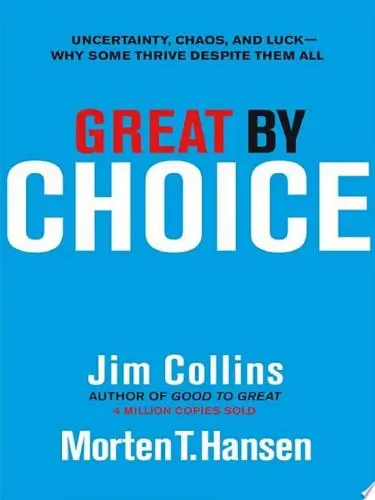
Great by Choice
Jim Collins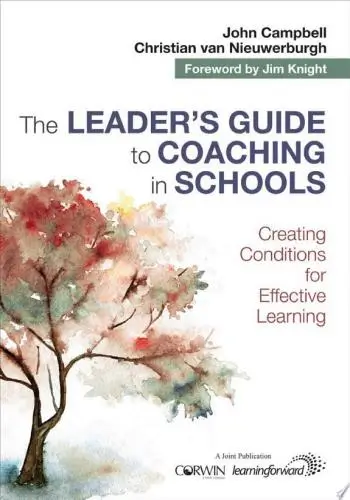
The Leader′s Guide to Coaching in Schools
John Campbell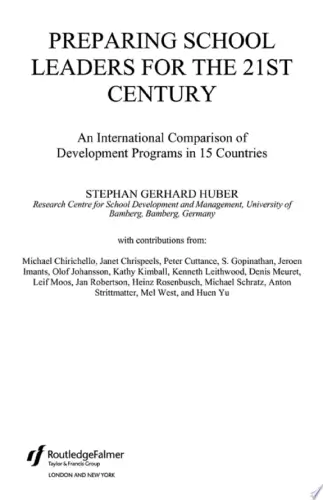
Preparing School Leaders for the 21st Century
Stephan Gerhard Huber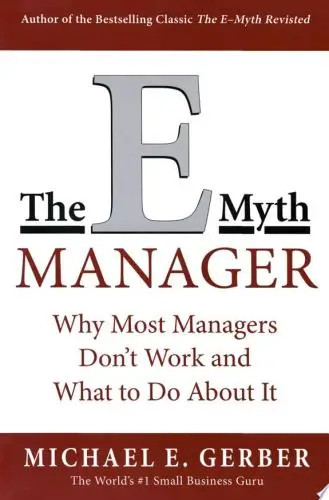
The E-Myth Manager
Michael E. Gerber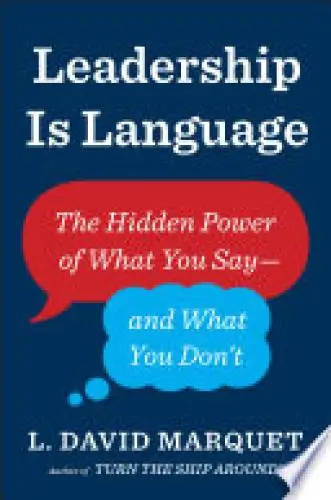
Leadership Is Language
L. David Marquet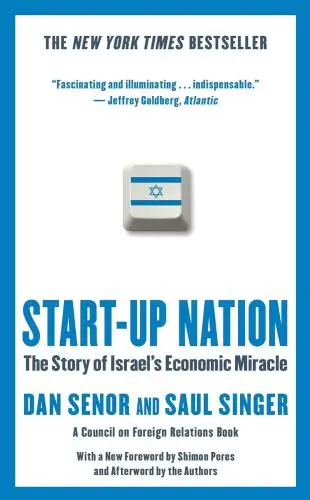
Start-up Nation
Dan Senor
The Founder's Dilemmas
Noam WassermanTrending Summaries

Peak
Anders Ericsson
Never Split the Difference
Chris Voss
Smart Brevity
Jim VandeHei
The Psychology of Money
Morgan Housel
The First 90 Days
Michael D. Watkins
Atomic Habits
James Clear
Thinking, Fast and Slow
Daniel Kahneman
The Body Keeps the Score
Bessel van der Kolk M.D.
The Power of Regret
Daniel H. Pink
The Compound Effect
Darren HardyNew Books

The ^AOxford Handbook of Job Loss and Job Search
Ute-Christine Klehe PhD
Job Interviews For Dummies®
Joyce Lain Kennedy
Job Interviews In A Week
Alison Straw
Handbook of Career Development
Gideon Arulmani
The Art of Spending Money
Morgan Housel
$100M Offers
Alex Hormozi
A Candle for Kiri
Edna Mae Holm
Principles of Marketing, Global Edition
Gary Armstrong
Serpent Rising: The Kundalini Compendium
Neven Paar
